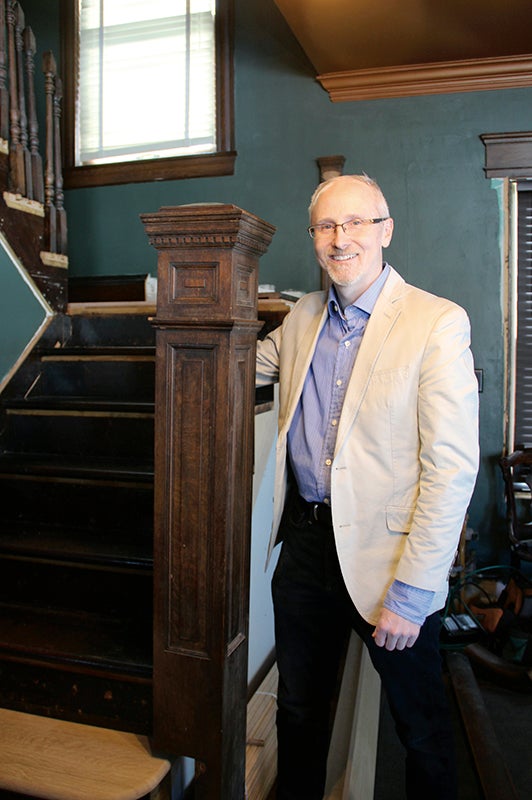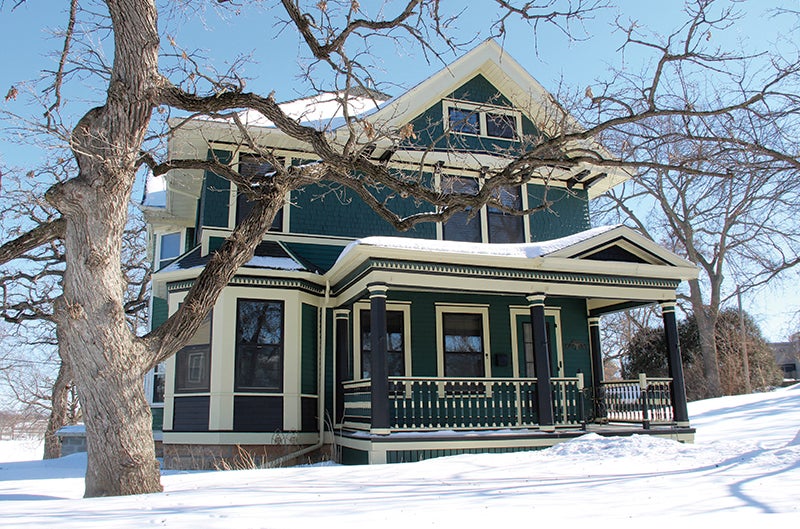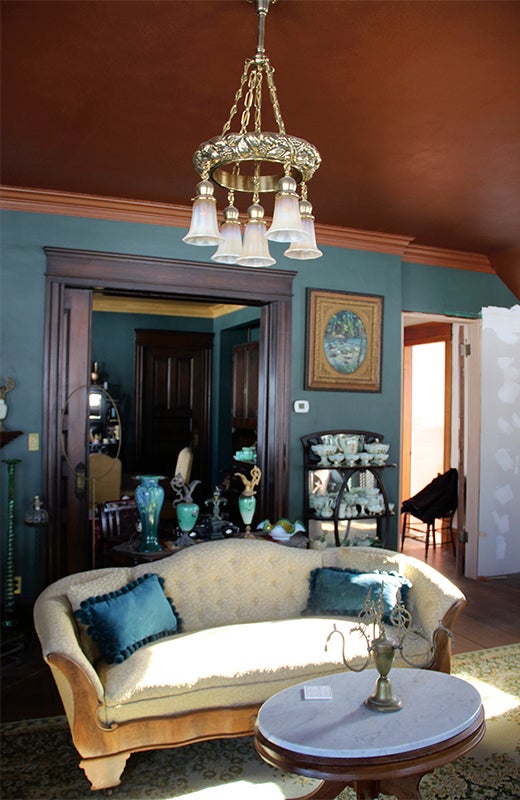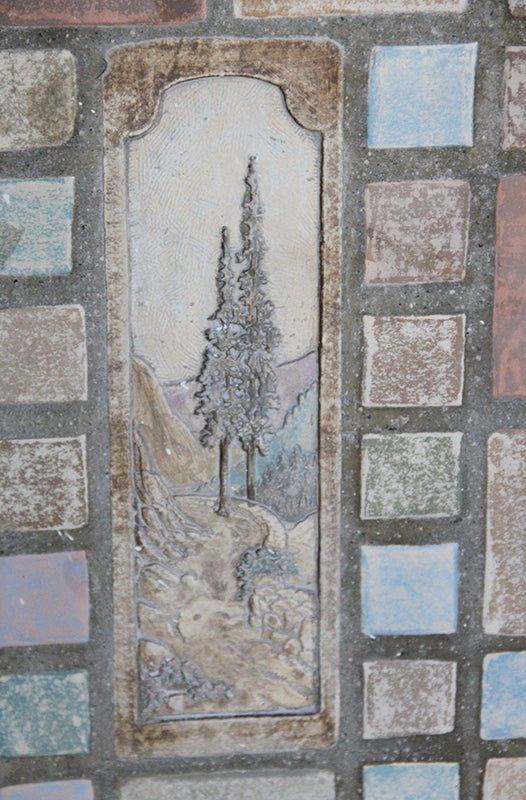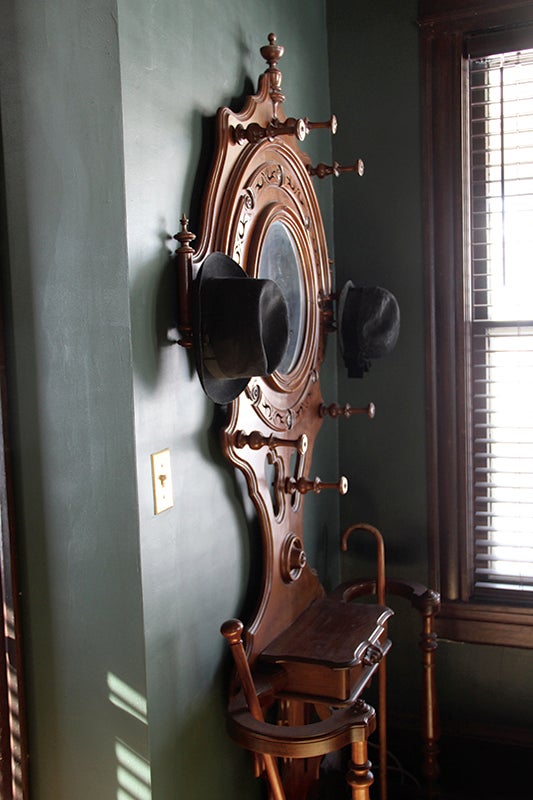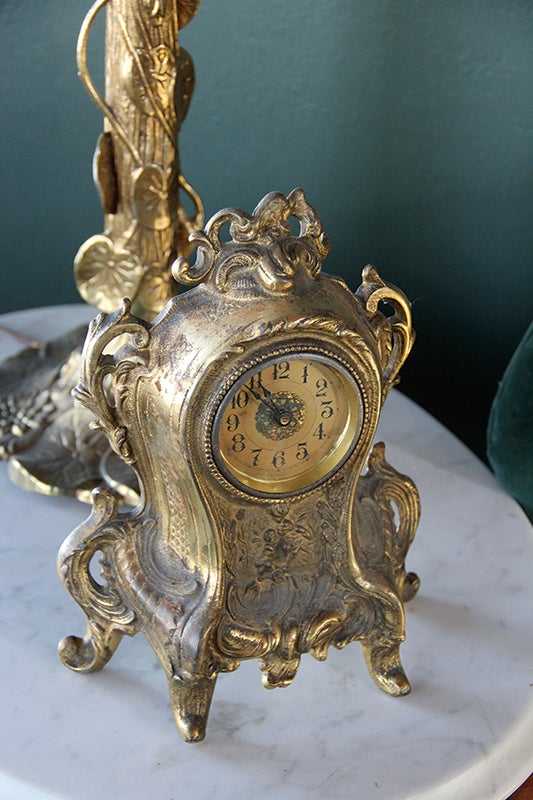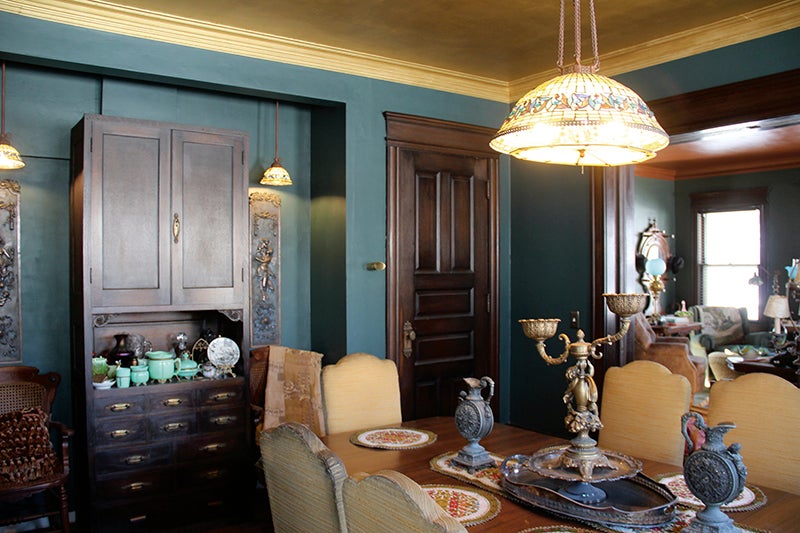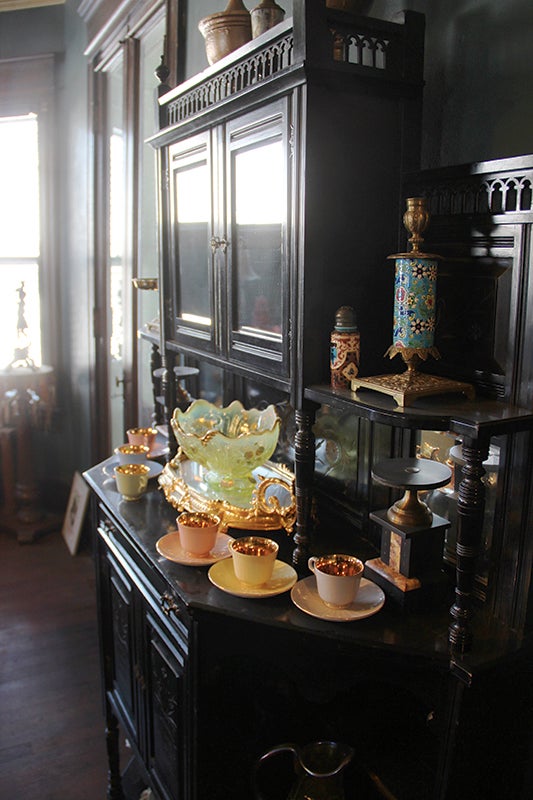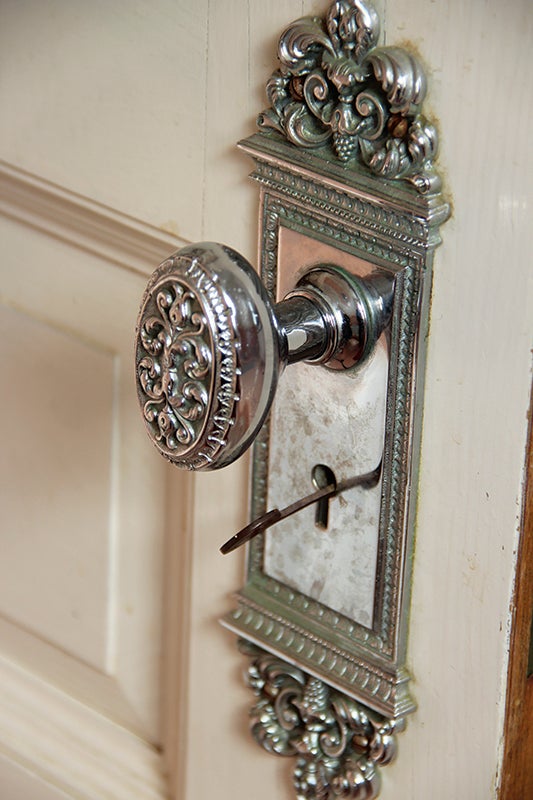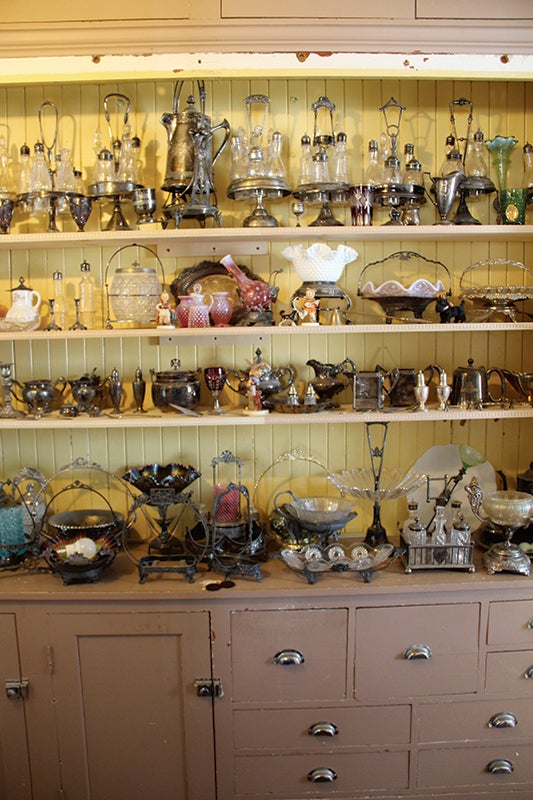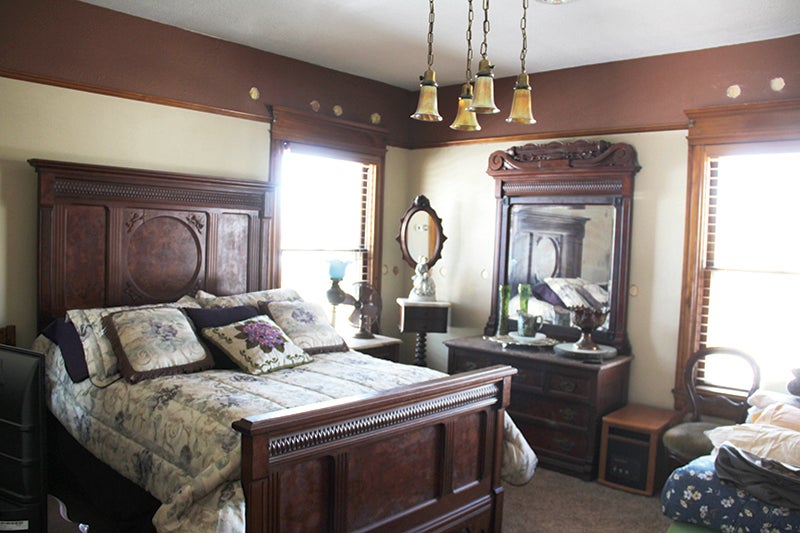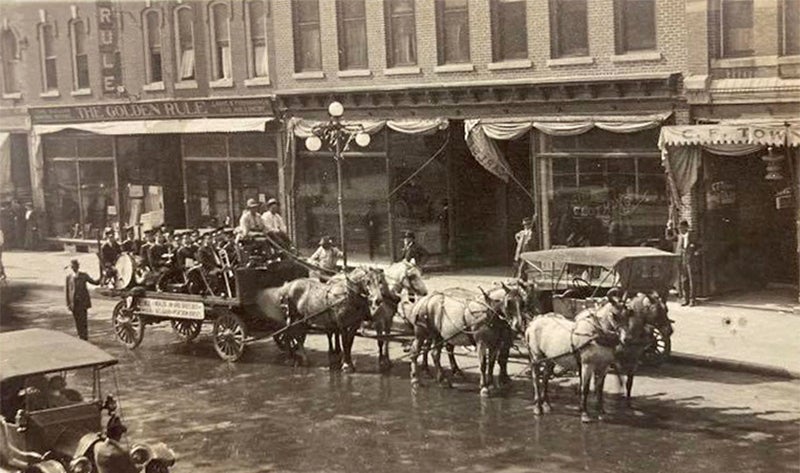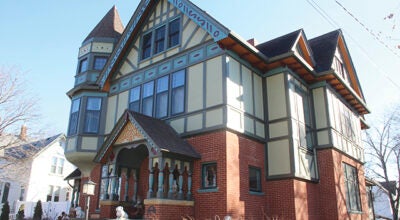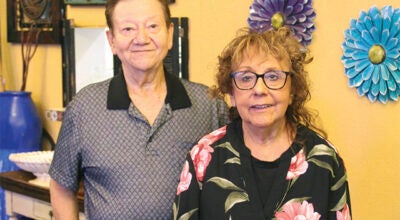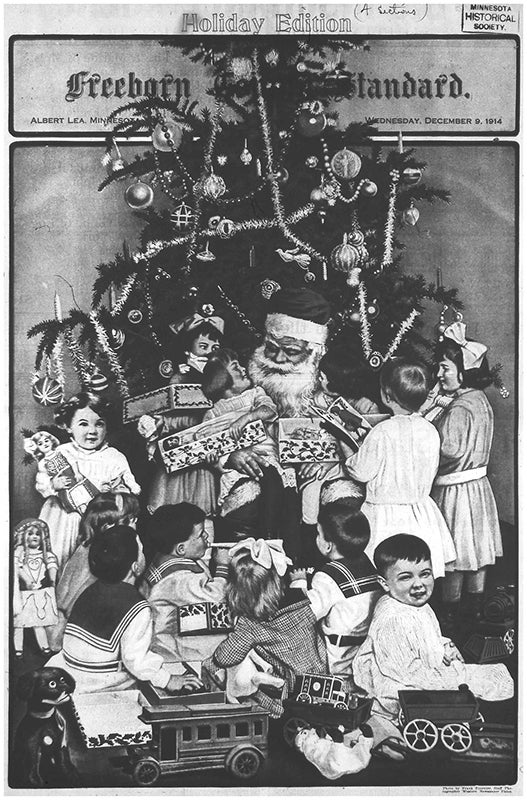‘Save things that need saving’: Albert Lea man restoring home built in early 1900s
Published 9:16 am Thursday, March 9, 2023
|
Getting your Trinity Audio player ready...
|
Albert Lean Brad Kirchner’s love of antiques and historical buildings began as a child with his grandparents’ house in Forest City, Iowa.
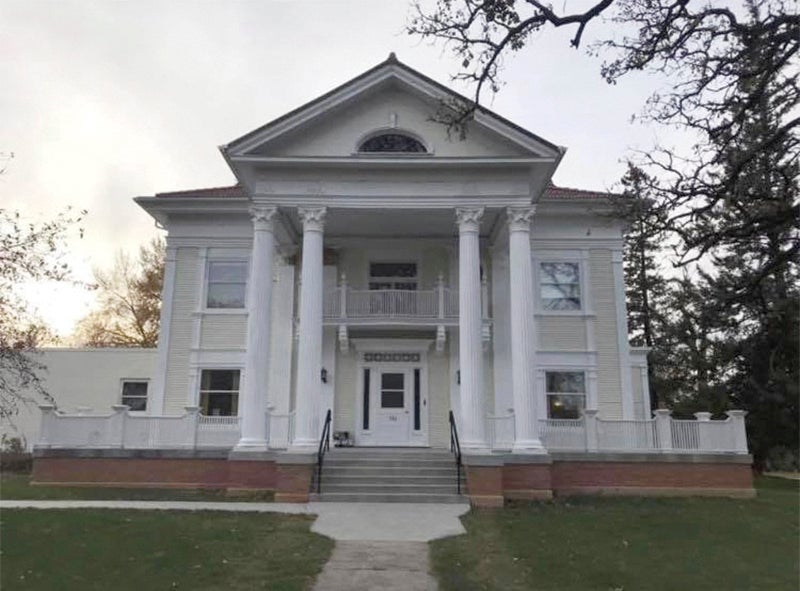
Kirchner’s love of antiques and historic buildings came when his grandparents owned what is now known as the Mansion Museum in Forest City, Iowa. The mansion was converted into a hotel and acquired and restored by the Winnebago Historical Society. Provided
His grandparents bought the house in 1945, and his grandmother, who he described as a preservationist, was adamant from the start that one day it would be a museum. Anything they couldn’t afford to immediately fix, they would put it in a safe place to address later.
Kirchner said his grandfather died before he was born, and in 1976 when he was 4 his grandmother sold the house to the Winnebago Historical Society. It is now known as the Mansion Museum and is open for tours.
Kirchner said even though he was very young when the mansion sold, he has vivid memories of that time, planting a seed for what was to come.
Over the years, as other boys developed interests in hunting or fishing, he developed a love of restoring and antiques.
“Some people collect dolls, some people collect clothes or whatever,” he said. “I like glass and I like a lot of furniture. I love to save things that need saving and restore them.”
As a child, he said he loved the house on the east side of Park Avenue with green siding and a green roof — so much so that he and his wife put a green roof on their first house on Giles Place.
Later, in 2020, when the opportunity came to purchase the house at 424 Park Ave. from Mayo Clinic Health System, he jumped at the opportunity and has been restoring it ever since.
The outside, he said, needed a lot of work, and little by little he is hand-scraping the exterior, oil priming it all and then painting it.
He said he doesn’t promote pressure washing because it could damage the wood.
The original owners
The house, originally known as 426 Park Avenue, was built in 1903 for C. F. Towne, who was a pharmacist in downtown Albert Lea.
Kirchner said Howard and Fran Ashcraft were the most remembered owners of the home, who reportedly got the house from William Behrends. Kirchner said rumor has it that Howard Ashcraft took care of the home maintenance when he wasn’t working his regular job, and Behrends left the home to Ashcraft when he died. The house was duplexed sometime in the 1940s or 1950s.
He said he has been told by neighbors that the Ashcrafts always lived on the second floor, which was notable as Fran Ashcraft was a paraplegic. He was told there was a lift on the stairs to get her up to the second floor, and since taking over the house, he has found four holes in a square pattern on the right side of every step, indicating a bracket was mounted on every step, which is proof that theory would be correct.
Kirchner said he and Howard Ashcraft had many things in common. In their spare time, they both have loved to restore furniture and wood items, and they both have loved the Park Avenue home. Fran Ashcraft was known for her skills at caning furniture and her caring, kind heart.
Howard Ashcraft sold the home to Mayo Clinic in 2008 when he and his wife went into Thorne Crest Senior Living Community, and Kirchner purchased the home from Mayo Clinic Dec. 23, 2020.
Discovering gems
Since he bought the house, Kirchner has worked to restore the interior as much as he can. That has meant taking down some walls, moving the stairs, removing flooring and the list goes on and on. It’s still a work in progress.
He said the house had been changed in many ways over the years to accommodate life at the time, and he has worked to bring the house back as much as he can to its original state — or something very close to it.
He spends much of his free time there and has done a large portion of the work himself — though he has received some help from close friend Bruce Hagen of Hagen & Associates Construction Inc., as well as Steve Schulz of Solid Wood Products LLC of New Richland, Root River Hardwoods and Kelley’s Plumbing & Heating.
The original house had cloth wall coverings on all of the walls and ceilings in copper finishes with a verde green finish, but by the time Kirchner had purchased the house that wall covering had many layers of paint on it. As he removed it, it gave insight into the way things were originally and how things had been altered over the years.
“It uncovered things for me that otherwise you wouldn’t know,” he said. “When you know history, you know when things were changed.”
Though the house does not have the original wall coverings now, he has incorporated some of the same colors from the covering into the walls with paint. The main parlor is a deep, rich green with blue undertones with a copper-colored ceiling, while the dining room is the same color with a gold ceiling.
All of the doors are 7 feet 6 inches tall and are either solid quarter sawn oak or solid maple and have door handles that match the window sills in each room.
Other gems he has found along the way include the Batchelder tile fireplace in the parlor. Kirchner said though it is not original — the original fireplace had colonnades that flanked each side and a matching mantle — he anticipates it was put in sometime between 1910 and 1920 as an update to the original Victorian look.
Kirchner said the tile, made by Ernest A. Batchelder, a leader in the American Arts and Crafts movement, was not common in the Midwest. Though he has not seen others like it in Albert Lea, he assumes there may be one or two others.
While removing the wall cloth in the dining room, he also discovered a speaking tube location from that room to the upstairs hallway, a linen drop in the floor of the dining room and a hole in the dining room floor where there was a foot button to call a servant to the dining room.
Though the main two rooms of the house are near completion, there is much work to be done to the remainder of the house. The kitchen, at the back of the house, he hopes to update with dark cabinets and white subway tile.
Kirchner doesn’t seem to be slowing any time soon.
The house is filled with many of Kirchner’s furniture pieces and antiques from over the years. Only three of the light fixtures are original and others he has collected over the years and now has gotten the opportunity to install them.
“Everything that’s in this house has a story,” he said. “It either belonged to somebody in my family or it was somebody that I knew that I bought it from or I bought something from a sale because it reminded me of something.”
He has many more of the pieces at his home on Vine Avenue.
Though he has spent countless hours already on the project and has encountered some challenges, Kirchner said he feels so passionate about it.
“For me, it makes me feel — that’s my legacy — it’s making sure these things stay,” said Kirchner, who serves on the Historic Preservation Commission and also has served on the Freeborn County Historical Society board. “It doesn’t matter if it’s a commercial building, or a house or whatever, I don’t want stuff torn down.”
He has also served on the Winnebago Historical Society board, which still oversees his grandparents’ former home, and says he tries to ensure the integrity of that structure as well.
He spent several days a week during the summer in the pandemic scraping and painting the front of that house, too, with another volunteer.
People can follow along with his progress on his Facebook page, where he regularly posts updates.


